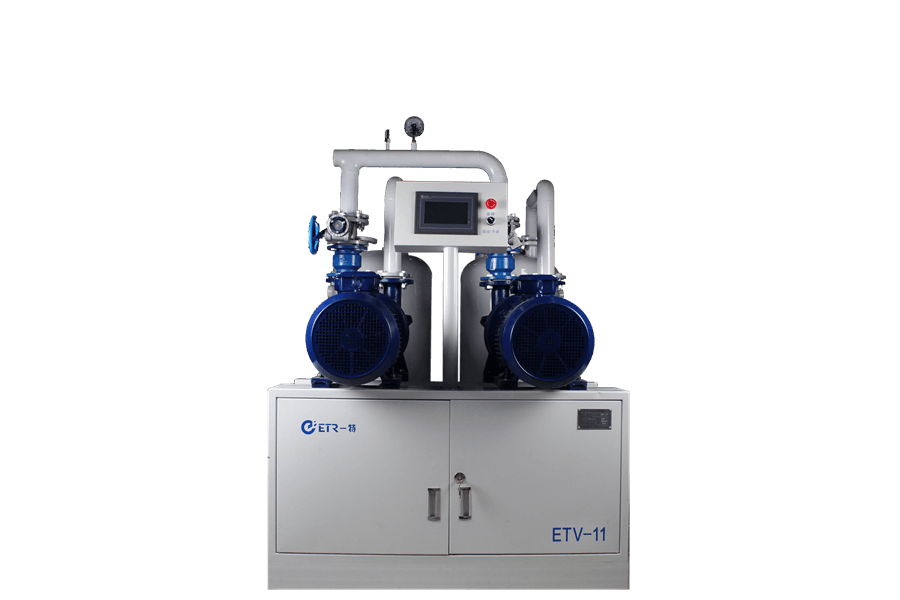The research institute led by Prof. Wang Nanping from the Institute of Cardiovascular Research, Peking University made a breakthrough in the study of the molecular mechanism of restenosis after vascular injury. It was found that the cell signal linker molecule c-Cbl tyrosine phosphorylation is an important cause of vascular restenosis. This research further clarifies the molecular pathophysiological mechanism of vascular restenosis and proposes new ideas and intervention targets for the prevention and treatment of vascular restenosis. The research paper was published in the recent issue of Zui's International Cardiovascular Journal* Journal of the American Heart Association, "Circulation".
Atherosclerosis and its coronary heart disease and stroke are the main diseases that endanger human health today. Angioplasty is one of the main treatments for atherosclerosis. However, endovascular remodeling after arterial balloon injury leads to luminal restenosis, which is the main cause of failure in angioplasty and stenting. Therefore, studying the mechanism of intimal angiogenesis after injury is of great significance for finding effective intervention targets.
The research group led by Professor Wang Nanping grasps the clinical important issue of vascular lumen restenosis after injury, and starts from the molecular signaling pathway of vascular smooth muscle proliferation and migration, and the vascular biological effect on cell signal linker molecule c-Cbl. In-depth research was conducted. They first observed that vascular injury caused rapid and persistent tyrosine phosphorylation of c-Cbl in arterial tissue, accompanied by activation of a series of cell proliferation and migration-related pathways such as Akt/mTOR. Based on these findings, they constructed a recombinant adenovirus with a c-Cbl tyrosine phosphorylation site mutation, and demonstrated that inhibition of vascular tissue c-Cbl tyrosine phosphorylation inhibits intimal hyperplasia and prevents blood vessels through in vivo and in vitro experimental models. The role of restenosis.
Atherosclerosis and its coronary heart disease and stroke are the main diseases that endanger human health today. Angioplasty is one of the main treatments for atherosclerosis. However, endovascular remodeling after arterial balloon injury leads to luminal restenosis, which is the main cause of failure in angioplasty and stenting. Therefore, studying the mechanism of intimal angiogenesis after injury is of great significance for finding effective intervention targets.
The research group led by Professor Wang Nanping grasps the clinical important issue of vascular lumen restenosis after injury, and starts from the molecular signaling pathway of vascular smooth muscle proliferation and migration, and the vascular biological effect on cell signal linker molecule c-Cbl. In-depth research was conducted. They first observed that vascular injury caused rapid and persistent tyrosine phosphorylation of c-Cbl in arterial tissue, accompanied by activation of a series of cell proliferation and migration-related pathways such as Akt/mTOR. Based on these findings, they constructed a recombinant adenovirus with a c-Cbl tyrosine phosphorylation site mutation, and demonstrated that inhibition of vascular tissue c-Cbl tyrosine phosphorylation inhibits intimal hyperplasia and prevents blood vessels through in vivo and in vitro experimental models. The role of restenosis.
ETR has independently developed an integrated vacuum pump unit composed of a water-ring vacuum pump, a gas-water separator, a vacuum solenoid valve, pipe fittings and an electrical control system.
It is a simple, safe and reliable device that continuously serves the wards all day long, without occupying the ward space. The negative pressure is sourced from the vacuum pump unit.

Vacuum Suction Unit
Vacuum Suction Unit,Vacuum Suction Machine,Negative Pressure Suction Machine,Medical Machine
Hunan Eter Electronic Medical Project Stock Co., Ltd. , https://www.centralgas.be